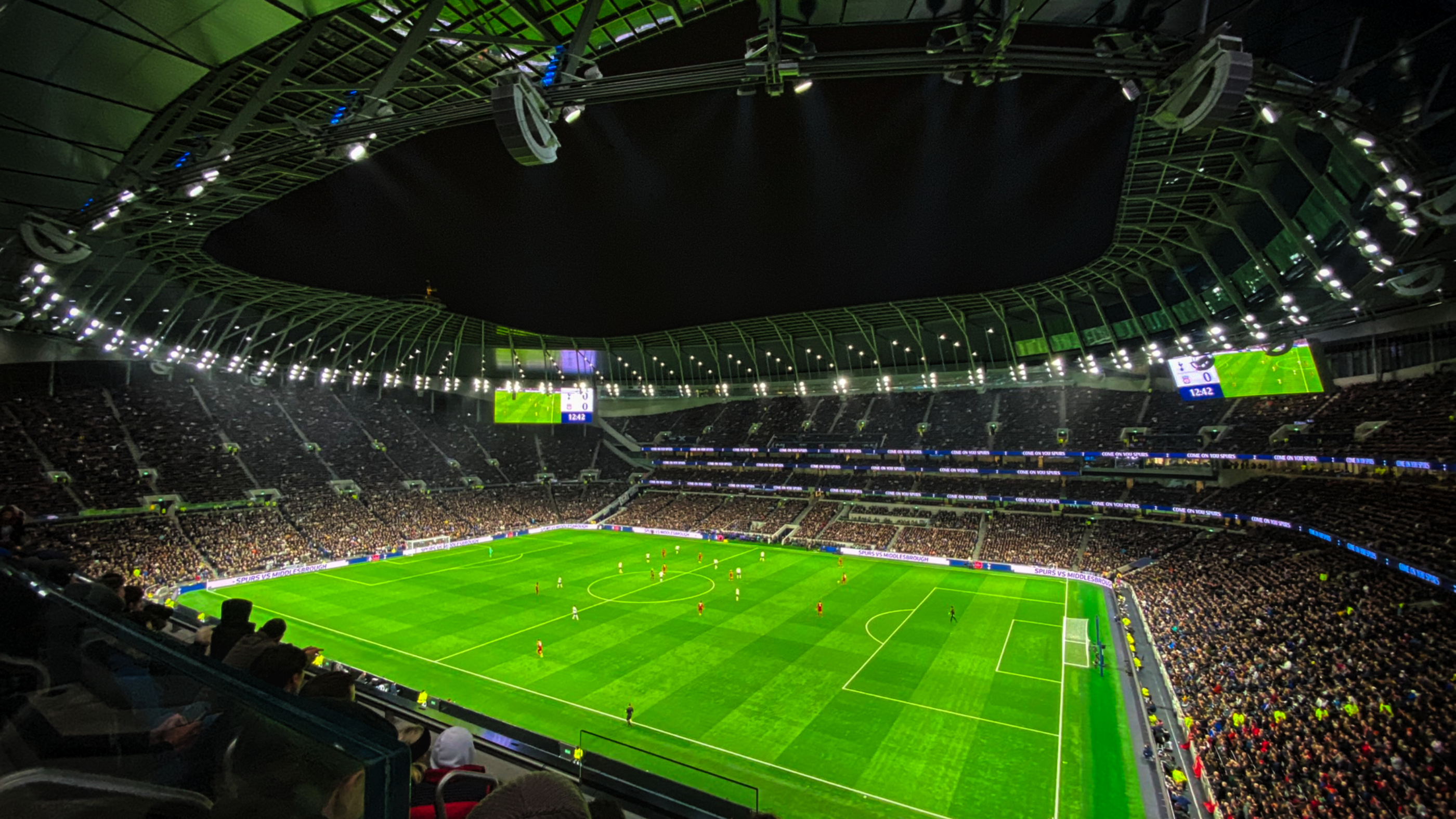Insights
11 Jan 2024

As we move further into 2024, the landscape of security, particularly in the realms of blast and ballistic protection, continues to evolve. Driven by technological advancements, geopolitical dynamics, and a heightened awareness of security needs, this year is witnessing significant trends in how both public and private sectors approach blast and ballistic protection. Here's a summary of the key trends shaping this critical field:
1. Advanced Materials in Ballistic Protection
The development and deployment of advanced materials for ballistic protection remain a significant trend. Innovations in lightweight, high-strength materials are leading to more effective and less cumbersome ballistic protection solutions. These materials are being used in everything from personal body armour to reinforced structures in high-risk areas.
2. Integrated Security Systems
There's a growing emphasis on integrating blast and ballistic protection into comprehensive security systems. This approach combines physical barriers with advanced surveillance, detection, and response technologies. The integration allows for a more proactive and pre-emptive security stance, especially in sensitive areas like government buildings, military installations, and commercial centres.
3. Focus on Urban Infrastructure Resilience
Urban centres are increasingly focusing on infrastructure resilience, incorporating blast and ballistic protection into the design of buildings, transportation hubs, and public spaces. This trend is partly driven by the need to mitigate the effects of potential terrorist attacks and ensure the safety of civilians in densely populated areas.
4. Customizable and Scalable Solutions
Customization and scalability are becoming key factors in blast and ballistic protection solutions. Different environments and threat levels require tailored approaches, leading to the development of modular and adaptable security systems that can be scaled up or down based on specific needs.
5. Increased Use of Technology in Threat Detection
Technology plays a crucial role in threat detection, with advancements in AI and machine learning enabling more accurate and timely identification of potential threats. These technologies are being integrated into security systems to enhance the effectiveness of blast and ballistic protection measures.
6. Emphasis on Civilian Protection in Conflict Zones
With geopolitical tensions and conflicts persisting in various parts of the world, there's an increased focus on protecting civilians in conflict
In 2024, the call to action is clear: we must embrace proactive prevention as our primary strategy in security. By doing so, we not only protect our immediate surroundings but also contribute to a safer, more secure world for future generations. The time to act is now, and the tools and knowledge at our disposal have never been more capable of guiding us towards a more secure tomorrow.



Leave a Reply